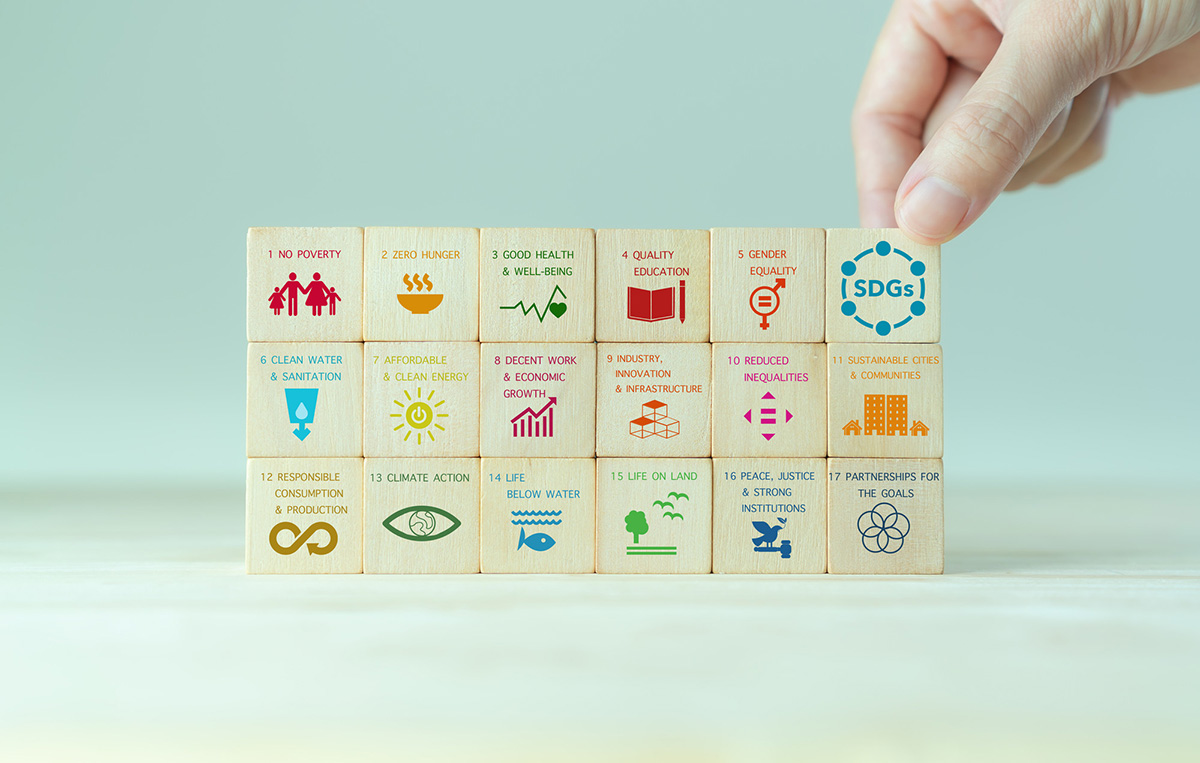GLOBAL
Universities are often seen as playing a unique role in catalysing responses to the challenges posed by climate change. Climate change can be approached as a ‘wicked’ problem, meaning it is complex, multi-layered and overlaps with other problems; involves many unknowns; can only be addressed through partial, imperfect solutions that offer no guaranteed outcomes and can create new problems; and affects different communities in uneven ways and therefore these communities have different ideas of what should be done to address it.
Given the wicked nature of climate change, it is perhaps no surprise that there are many different ways of approaching it in higher education.
For those seeking to coordinate climate responses across multiple disciplines, communities and sectors, it is useful to be aware of these differences and their implications. One way of mapping these differences is by making a provisional distinction between mainstream and critical approaches to sustainability.
Mainstream sustainability
One of the most prominent examples of mainstream sustainability is the embrace of the UN Sustainable Development Goals (SDGs).
While only one target of the 17 SDGs specifically articulates the importance of higher education, some have called on universities to take on a more significant role in enabling global society to meet all SDG targets. This is framed as a natural outgrowth of universities’ position as leading sites of education and social innovation.
In the past few years, many universities have articulated commitments to supporting the SDGs. Some universities have conducted voluntary reviews about their progress in addressing the SDGs or framed their climate strategies around the SDGs. Since 2019, Times Higher Education has created yearly Impact Rankings dedicated to assessing universities against the SDGs.
Despite the popularity of the SDGs, some critical scholars and community activists argue they are oriented towards maintaining the continuity of the same Eurocentric and capitalist paradigms of progress, development and innovation that underlie our current (unsustainable) global political-economic system.
The SDGs seek to balance “people, planet and profit” through increased efficiency and other technological innovations that promise a decoupling of economic growth from environmental degradation, despite a lack of clear evidence that this is possible. This can be understood as an effort to maintain “business as usual, but greener”.
Another way to think about the SDGs would be to see them as an example of the desire to transcend the unsustainability of our current system without giving anything up. Those of us in the Global North who have contributed the most to carbon emissions over time want to continue our current levels of consumption. Our tendency is to therefore favour responses to climate change that assume this is feasible, whether or not this is realistic or responsible.
Critical sustainability
Critical sustainability efforts draw attention to what they view as the false promises and undesirable premises of efforts like the SDGs. From this perspective, mainstream sustainability efforts are viewed as a form of institutional greenwashing that promises transformation while continuing unsustainable practices premised on perpetual economic growth and profit.
Specifically, more critical perspectives on sustainability identify the risks that mainstream efforts will: (1) reproduce unequal and paternalistic relationships and resource flows between systemically dominant and systemically marginalised populations, (2) treat climate change as a technical problem, ignoring the role of violent socio-ecological relations (dispossession and extractivism) in causing it; and (3) reinforce a Eurocentric politics of knowledge, which in turn naturalises a narrow set of imaginaries of justice, responsibility, sustainability and change.
Those who practise critical sustainability understand colonialism and capitalism as root causes and drivers of climate change, which is documented in a growing body of research, including in the recent Intergovernmental Panel on Climate change (IPCC) reports, as well as reports from UN special rapporteurs.
In higher education, this often entails identifying the historical and ongoing role of universities in reproducing unjust and unsustainable systems.
Critical approaches to sustainability often emphasise the imperative for universities and other social institutions to commit to processes of redistribution and reparation in response to climate change and biodiversity loss, drawing attention to the fact that the communities that have contributed the least to creating these wicked problems are also the communities that are most heavily impacted and have the fewest material resources to respond.
In practice
Several ‘next practices’ among more critical approaches to sustainability invite faculty, staff and students to mobilise critique toward repurposing universities to become more relevant for current times.
At the Critically Engaged Climate Education Hub, we frame these as experimental ‘examples’ rather than universal ‘models’, given that practices are best determined within a specific context and that these efforts contain many uncertainties and unknowns.
One example is the decision by Sterling College in Vermont to revise its mission and vision in 2019 to focus on advancing “ecological thought and action”.
The college’s new vision frames education as “a force to address critical ecological problems caused by unlimited growth and consumption that are destroying the planet as we have known it, such as: fossil fuel dependence and rapid climate change; destruction of biodiversity and loss of wild places; promotion of harmful agricultural practices that threaten human and natural communities; persistence of structural oppression that impacts human and ecological wellbeing; and deterioration of civil society through estrangement from community, nature and place”.
Another example is the Climate and Nature Emergency Catalyst programme at the UBC Peter Wall Institute for Advanced Studies. Speaking as a member of the programme leadership team, our intention was not to identify climate ‘solutions’ but rather to support participants to develop the intellectual, affective and relational capacities that could prepare us to coordinate critically-engaged and socially and ecologically accountable climate responses.
Throughout this year-long transdisciplinary and intergenerational programme, we invited participants to continually revisit four guiding principles: ethical collaboration, intellectual depth, reparative redistribution and supporting Indigenous aspirations and leadership.
We approached the programme itself as a site of collective inquiry around the complexities, complicities and uncertainties that are involved in climate-related work. We also sought to approach the programme’s ‘failures’ with humility and self-reflexivity, treating them as ‘data’ that created important learning opportunities.
Towards relevance, responsibility and regeneration
At their best, universities can serve as sites of deep, transdisciplinary dialogue about how we might address the many complex wicked problems we face. Yet more mainstream approaches tend to dominate, and more critical perspectives tend to be met with resistance.
This resistance may be, at least in part, an indication that many of us who work in universities remain invested in the continuity of business as usual, and therefore seek to deny uncomfortable truths about the colonial violence and ecological degradation that sustain current systems and institutions.
If we want our universities to be more responsive to climate change and the intensifying crisis of unsustainability, we will need to recognise higher education’s historical and ongoing role in creating these problems and pursue social and ecological regeneration and repair in light of our responsibilities to current and future generations of all species on a shared, finite planet.
Sharon Stein is associate professor at the department of educational studies at the University of British Columbia, Musqueam Territory, Canada. This article is based on her recent presentation at the recent Centre for Global Higher Education annual conference.
Credit:Source link



